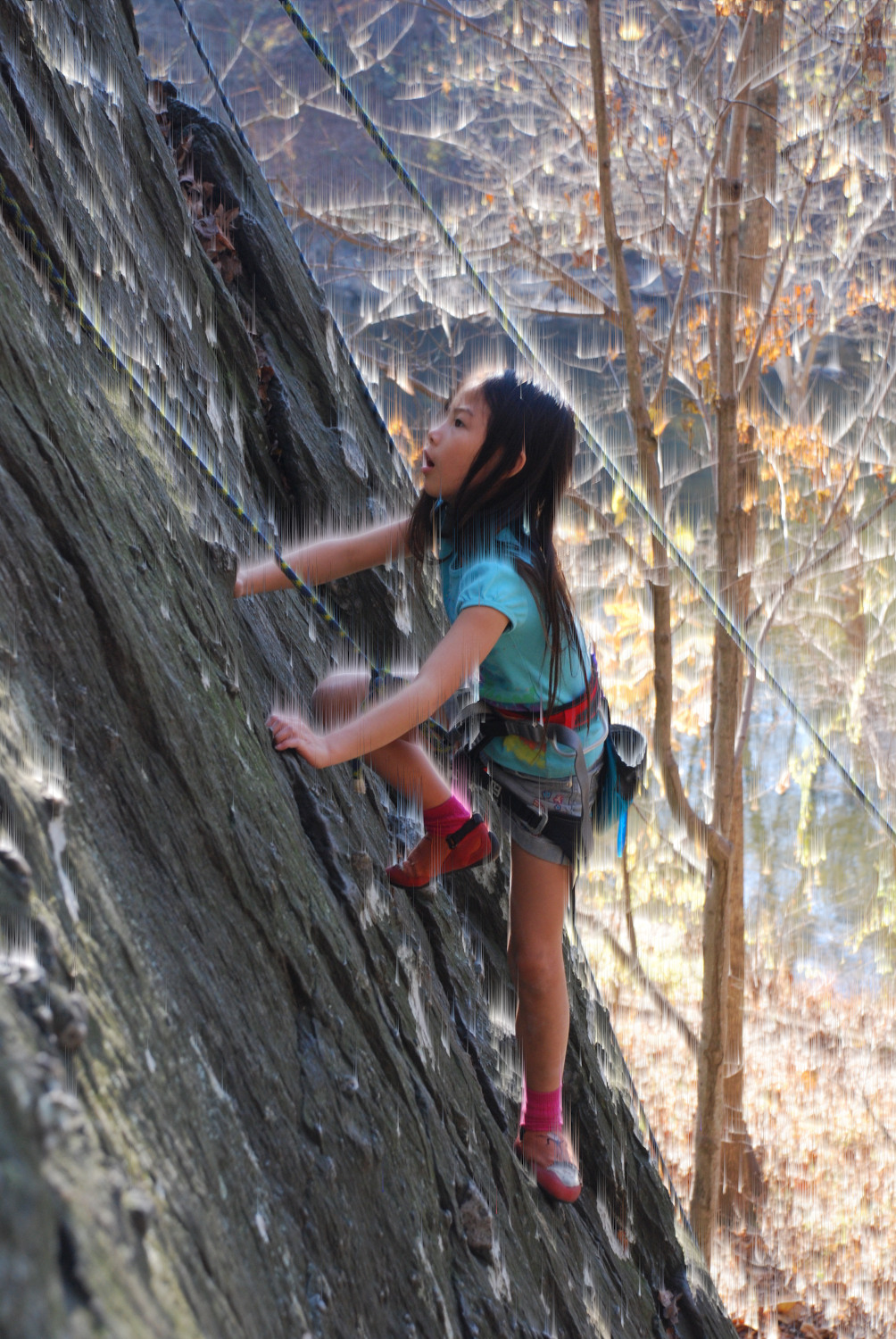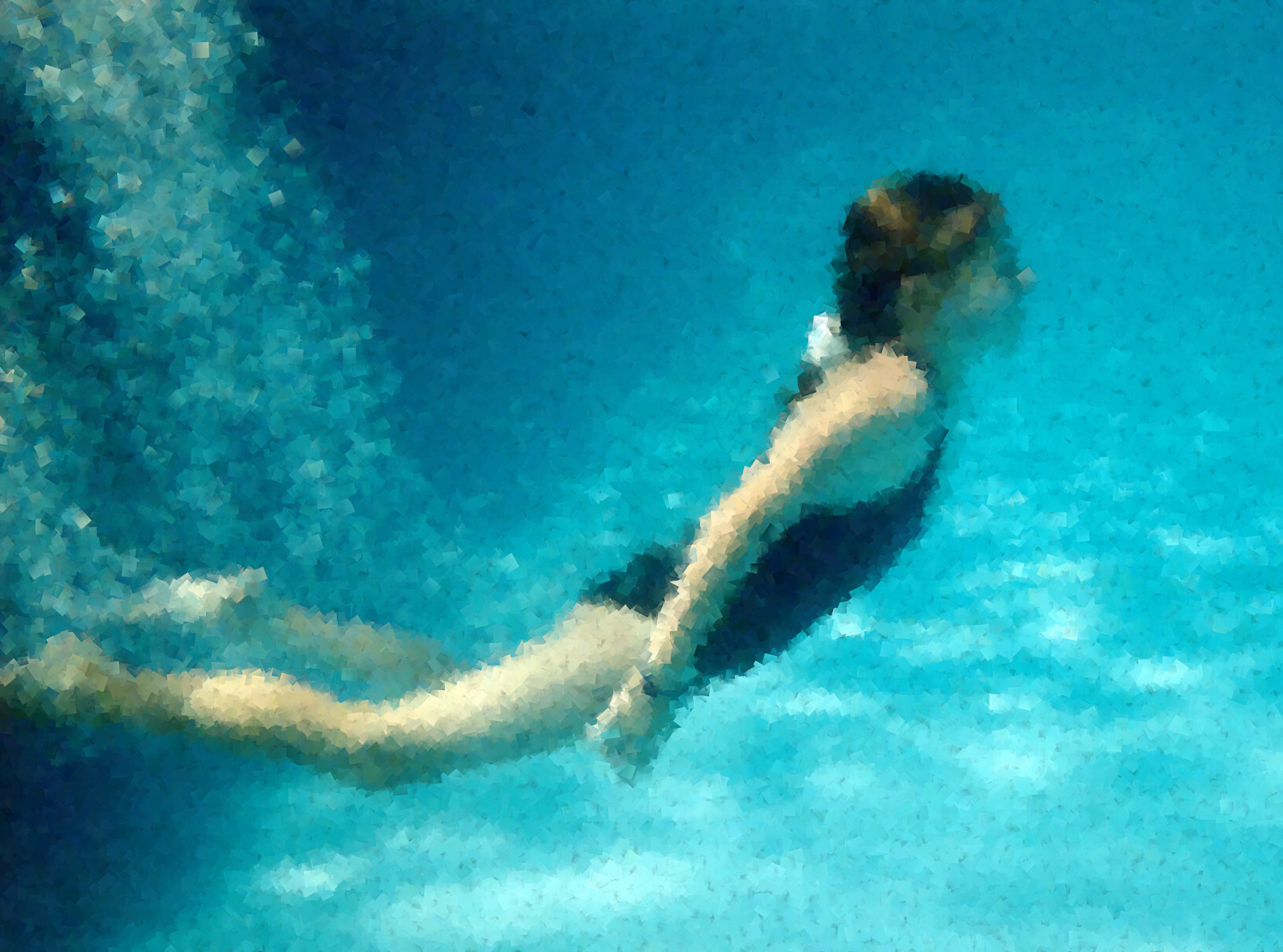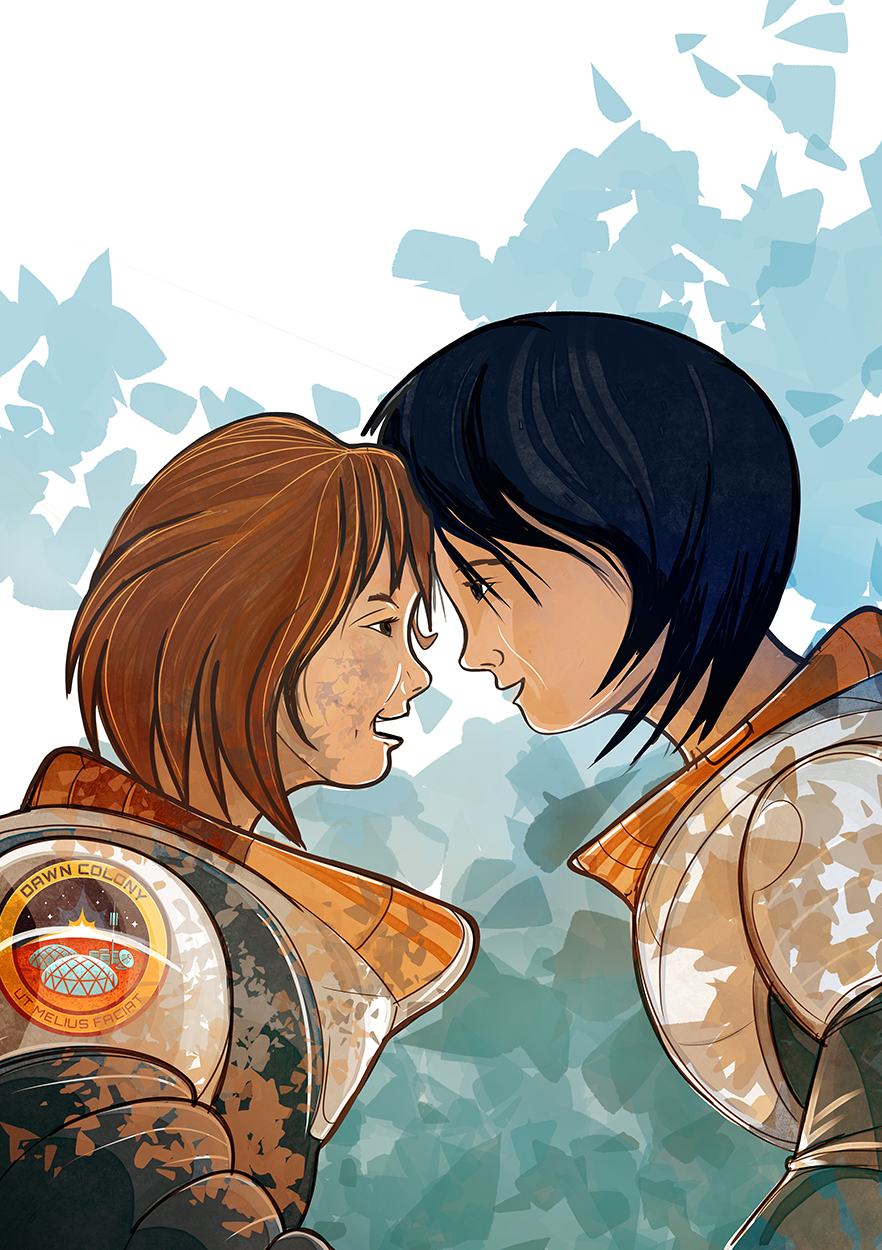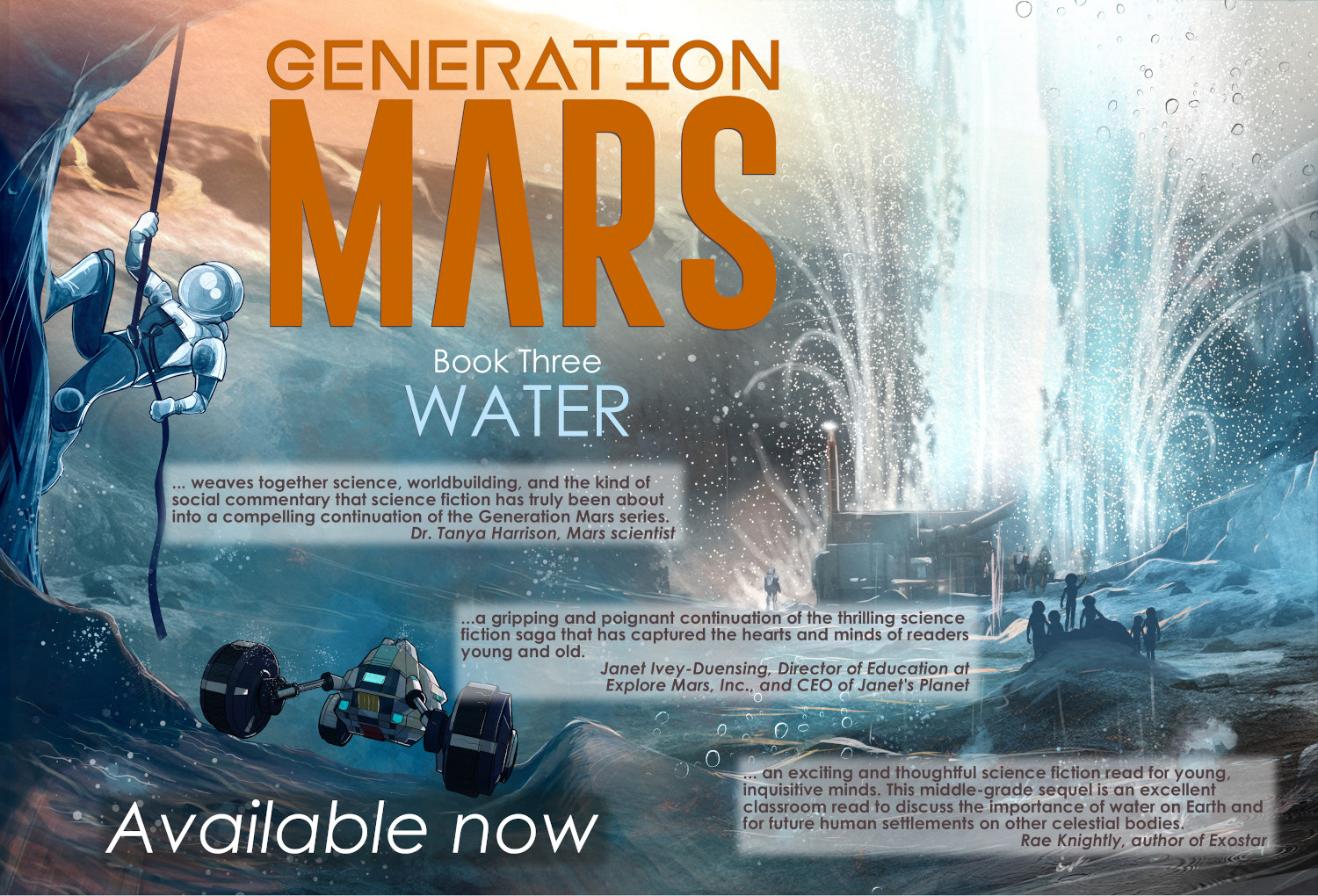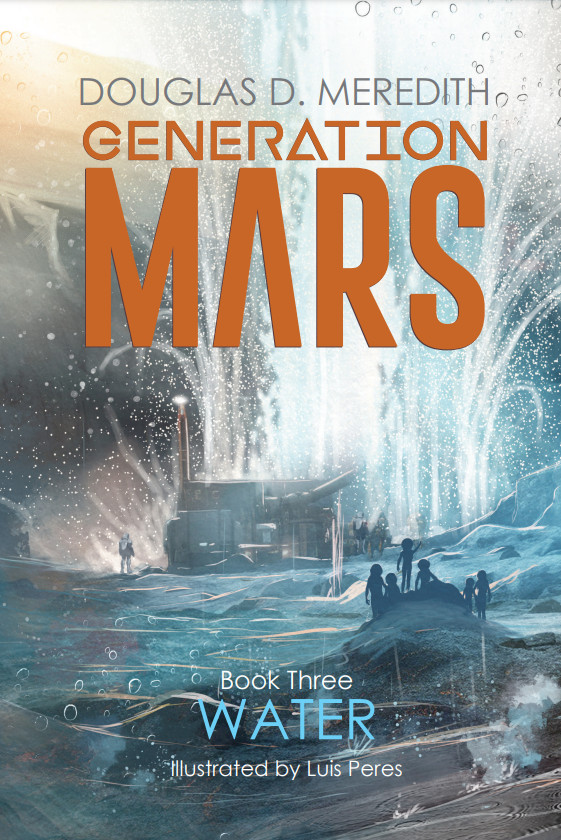“Here’s the thing,” he said. “You want to stand up on that little ledge, but you can’t see where to move your hands when you do, and you think you’ll fall without hand holds. Right?”
“Yeah,” she grunted.
“If you stay put, you’ll fall.”
“Yeah,” she grunted.
“If you stand up, you might fall.”
“Yeah,” she grunted.
“So stand up.”
She gave him a side-eye look. She took a deep breath. And she stood up.
From Water: Generation Mars, Book Three. Available now at https://www.amazon.com/Water-Generation-Mars-Book-Three/dp/1733731067
Image: Modified from https://commons.wikimedia.org/wiki/File:Carderock_-_02.JPG (Jarek Tuszyński, https://creativecommons.org/licenses/by-sa/3.0/)


